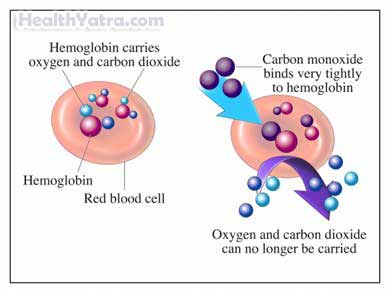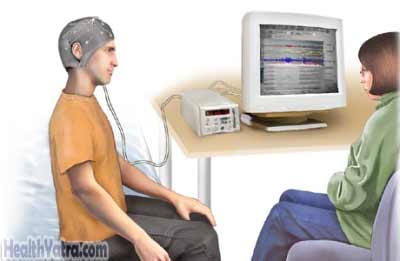تعريف
Focal dystonia is an irregular movement disorder specific to one part of the body. In dystonia, muscle contractions cause irregular movements, twitches, tics, and twisted or repetitive postures. These may be continuous or off and on. The most common types of focal dystonia are:
- Blepharospasm—an eye twitch
- Cervical dystonia or spasmodic torticollis—affecting the neck
- Segmental cranial dystonia, also known as Meige syndrome—affecting the jaw, tongue and eyes
- Oromandibular dystonia—affecting the jaw
- Spasmodic dysphonia—affecting the vocal cords
- Axial dystonia—affecting the trunk
- Dystonia of the hand/arm, such as writer’s cramp
Focal dystonia can be treated. If you suspect you have this condition, contact your doctor.
أسباب
Dystonias are caused by flaws of the basal ganglia of the brain. This is where messages that begin muscle contractions are processed. Factors that may cause focal dystonia include:
- Birth injury, such as lack of oxygen
- العدوى
- Reactions to medicines
- Heavy metal poisoning
- Carbon monoxide poisoning
- صدمة
- سكتة دماغية
- Inherited abnormalities
- نقص فيتامين ب12
- Other diseases

عوامل الخطر
Factors that can increase your risk of developing focal dystonia include:
- Family history of dystonia
- Recent exposure to an antinausea or antipsychotic medicine
الأعراض
If you have any of these symptoms, do not assume it is due to focal dystonia. These symptoms may be caused by other conditions:
- Eyelid spasms
- Rapid or uncontrollable blinking of both eyes
- Neck twisting
- Difficulty writing
- Foot cramps
- Pulling or dragging of a foot
- Tremor
- Voice or speech difficulties
Factors that may worsen dystonia include:
- Excitement or agitation
- ضغط
- Talking
- تعب
التشخيص
Your doctor will ask about your symptoms and medical history. A physical exam will be done. You may be referred to a speech-language pathologist, physical or occupational therapists, and/or genetic counselors.
قد تشمل الاختبارات ما يلي:
- Your bodily fluids and tissue may need to be tested. This can be done with:
- تحاليل الدم
- اختبارات البول
- Genetic tests
- البزل القطني
- biopsy
- The electrical activity of your muscles, nerves, and brain may need to be measured. This can be done with:
- التخطيط الكهربي للعضلات
- دراسة التوصيل العصبي
- Electroencephalography
- Pictures may need to be taken of your head. This can be done with:
- تصوير الرنين المغناطيسي
- الاشعة المقطعية
- Transcranial ultrasound
- قد تشمل الاختبارات الأخرى ما يلي:
- Neurologic evaluation—to rule out other neurological disorders
- فحص عين

العلاج
التحدث مع طبيبك حول خطة العلاج الأفضل بالنسبة لك. خيارات العلاج ما يلي:
الأدوية
Certain medicines may help correct imbalances in neurotransmitters. Medicines used to treat dystonia include:
- Trihexyphenidyl
- Benztropine
- Procyclidine HCl
- مرخيات العضلات
- Levodopa and carbidopa
- Bromocriptine
Anticonvulsant medicines may also help people with dystonia. Your doctor will balance treating your symptoms with reducing the risk of side effects from the medicines.
Botulinum Toxin Injections
Injecting botulinum toxin directly into the muscles affected by dystonia can weaken the muscle. This may help improve symptoms for 3-4 months.
جراحة
Surgery to cut the nerves leading to muscles affected by dystonia or removing the muscles may help reduce muscle contractions. In addition, surgery to destroy the small area within the brain that dystonia occurs from may stop or reduce the disorder. More recently, some success has been reported using surgically implanted deep brain stimulation to reduce symptoms of dystonia.
الوقاية
There is no known way of preventing focal dystonia. To help reduce your chances of getting this condition, take steps to reduce your risk of infection, stroke, trauma, andcarbon monoxide or heavy metal poisoning. In addition, if you take any of the following medicines, talk with your doctor about your risk of developing dystonia as a side effect:
- Levodopa
- Bromocriptine
- مضادات الذهان
- Metoclopramide
- Dilantin
- Calcium channel blockers
- Selective serotonin reuptake inhibitors
- Ergotamines
- Antihistamines
